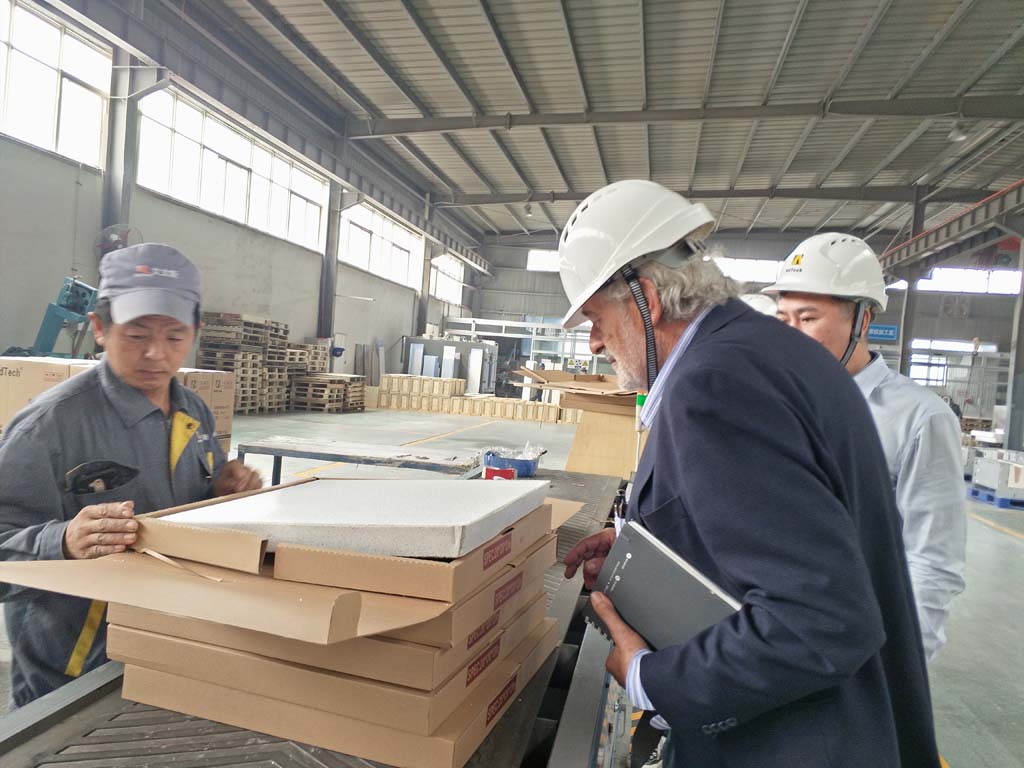
23 10月 Aluminium Alloy Aluminum Casting Filter
Aluminium Alloy Aluminum Casting Filter is used to remove solid particles and inclusions in molten metal.
The ceramic foam filter is made of basic raw material alumina. Their porosity varies from 10 to 60 pores per inch (PPI). The combination machine of 20-30ppl can also be selected, and the filters of different sizes can be customized according to the specifications
Production Process
1. After dosing a composition consisting of ceramics, water and additives, there are two most popular methods for producing ceramic foam filters.
2. As the name of the polymerization sponge method, the ceramic slurry is poured to impregnate the polymerization sponge. It is then burned, leaving behind the porous ceramic.
Principle of Filtration
The structure of the Aluminium Alloy Aluminum Casting Filter creates a unique, tortuous fluid flow path, capturing inclusions and cleaning.
Important Aluminum Casting Filter effective porosity (that is, porosity, which effectively causes fluid), tortuosity, specific surface area and pore size.
The filtering process also depends on the following conditions
Alloy type, grain refiner, casting speed, metal temperature, ete.
Adding a grain refiner before the filter has a particularly negative impact on the filtration efficiency.
Aluminum Casting Filter is generally considered to be the “best” filter for casting.
Their main advantages are: high filtration efficiency, reduced turbulence, fire resistance and corrosion resistance, suitable for the most demanding casting applications.
The deep particle filter generally has better filtering performance, but the operation is more difficult and expensive.
The ceramic foam filter has many advantages
Ensure that the inclusions in the refining process are minimal.
Reduce turbulence in liquid metal to prevent re-oxidation.
Prevent the generation of slag and some non-metallic particles, and increase the output of castings.
Improve physical properties (tensile strength, impact strength, elongation and processability, etc.).



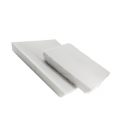
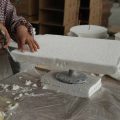
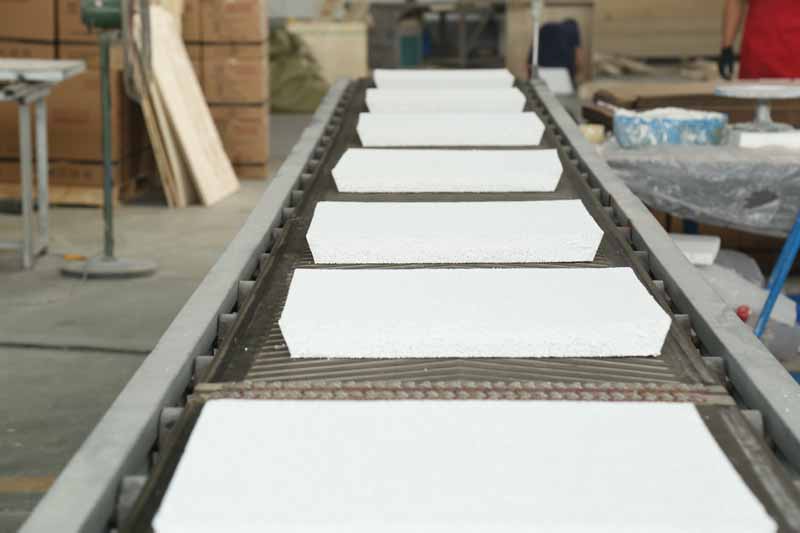
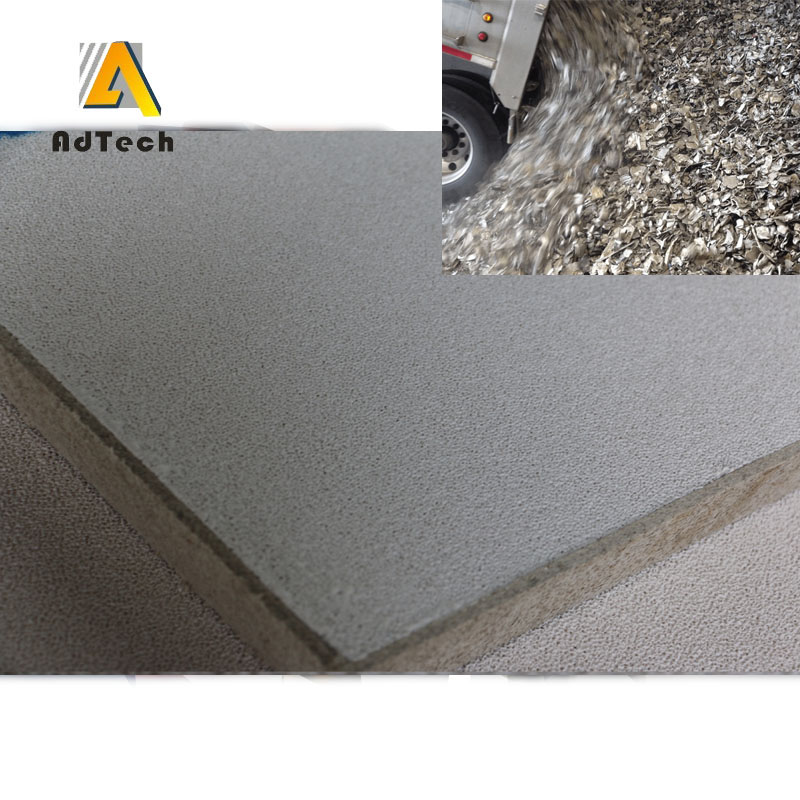
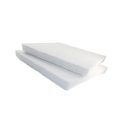
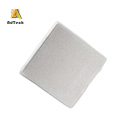
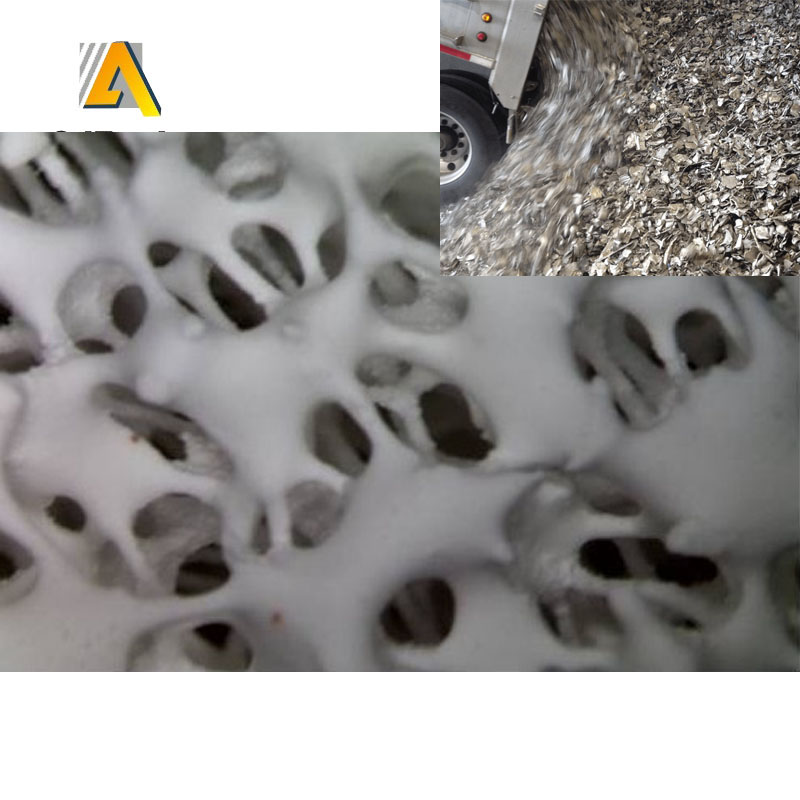
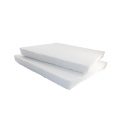
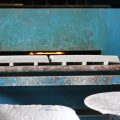
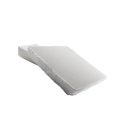

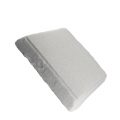
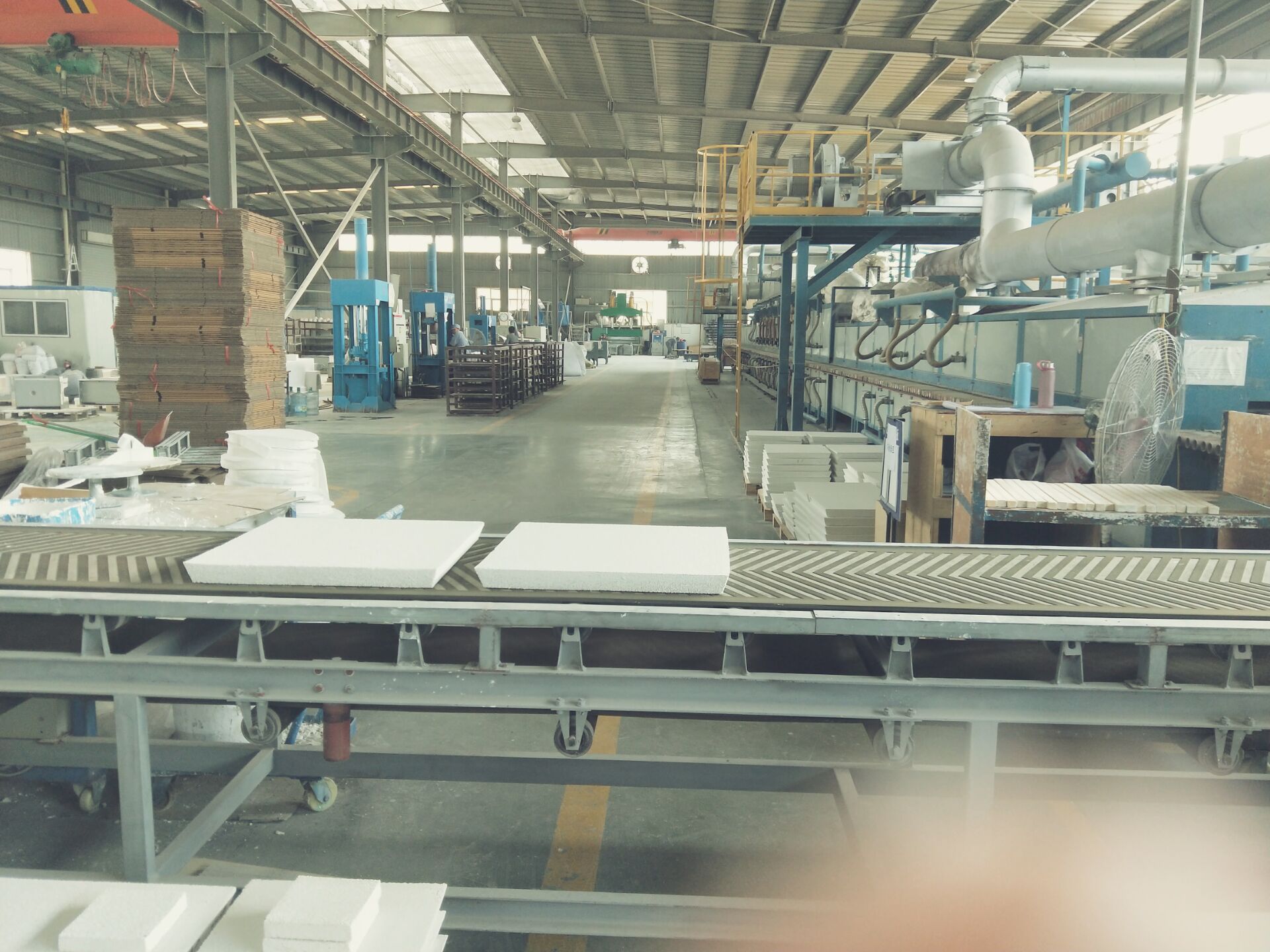
Sorry, the comment form is closed at this time.